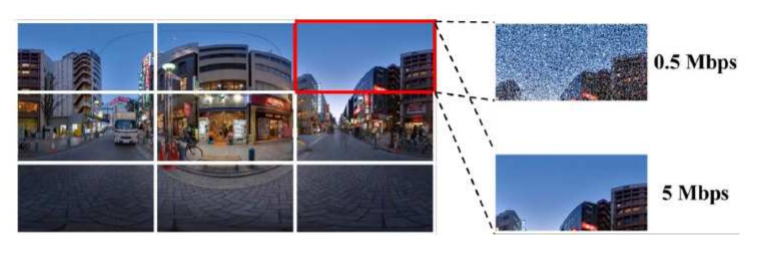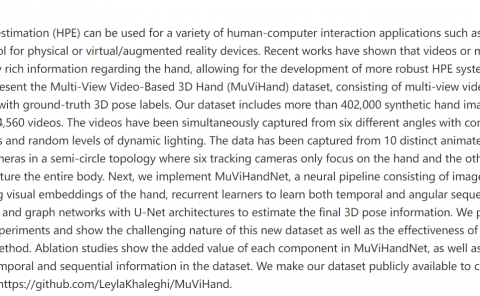Film editing: new levers to improve VR streaming
PubDate: June 2018
Teams: Université Côte d’Azur
Writers: Savino Dambra;Giuseppe Samela;Lucile Sassatelli;Romaric Pighetti;Ramon Aparicio-Pardo;Anne-Marie Pinna-Déry
PDF:

Abstract
Streaming Virtual Reality (VR), even under the mere form of 360° videos, is much more complex than for regular videos because to lower the required rates, the transmission decisions must take the user’s head position into account. The way the user exploits her/his freedom is therefore crucial for the network load. In turn, the way the user moves depends on the video content itself. VR is however a whole new medium, for which the film-making language does not exist yet, its “grammar” only being invented. We present a strongly inter-disciplinary approach to improve the streaming of 360° videos: designing high-level content manipulations (film editing) to limit and even control the user’s motion in order to consume less bandwidth while maintaining the user’s experience. We build an MPEG DASH-SRD player for Android and the Samsung Gear VR, featuring FoV-based quality decision and a replacement strategy to allow the tiles’ buffers to build up while keeping their state up-to-date with the current FoV as much as bandwidth allows. The editing strategies we design have been integrated within the player, and the streaming module has been extended to benefit from the editing. Two sets of user experiments enabled to show that editing indeed impacts head velocity (reduction of up to 30%), consumed bandwidth (reduction of up to 25%) and subjective assessment. User’s attention driving tools from other communities can hence be designed in order to improve streaming. We believe this innovative work opens up the path to a whole new field of possibilities in defining degrees of freedom to be wielded for VR streaming optimization.



